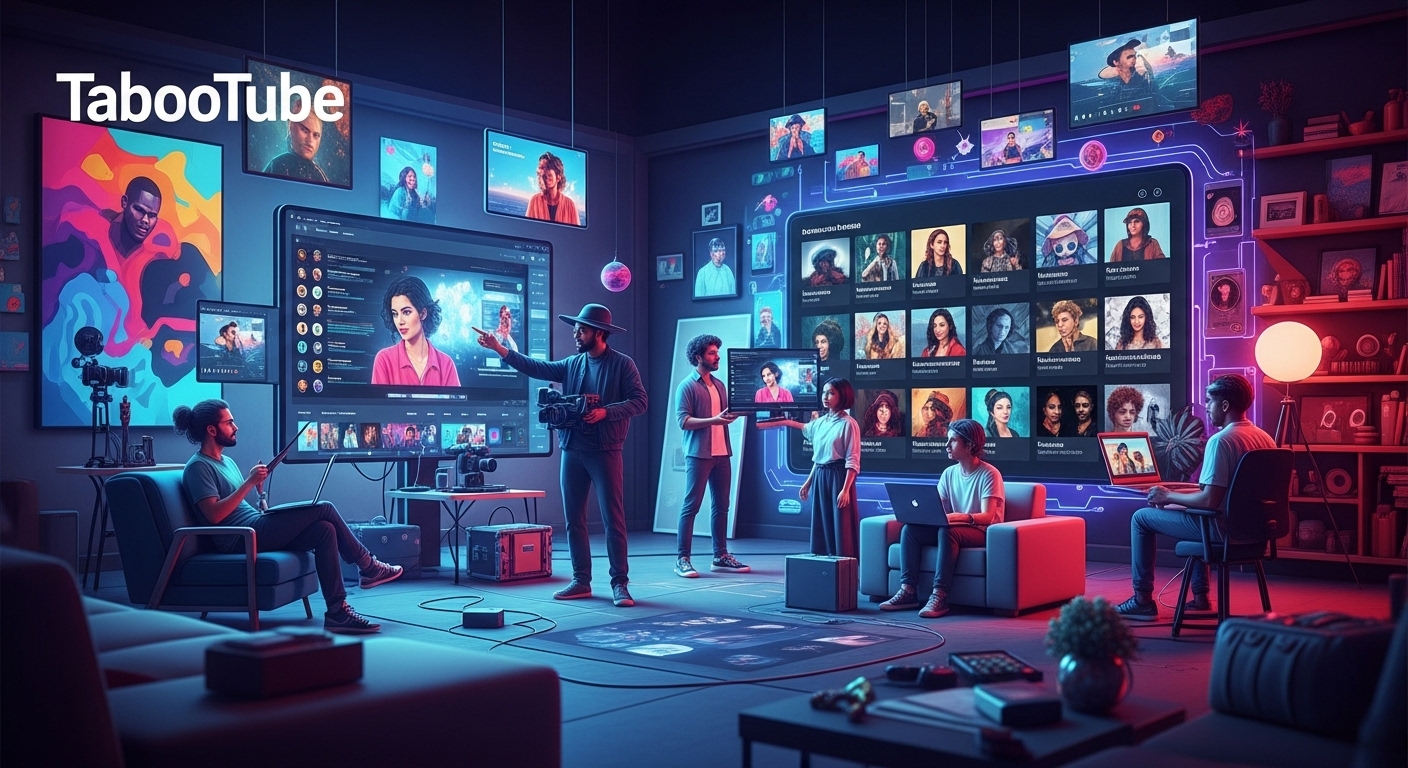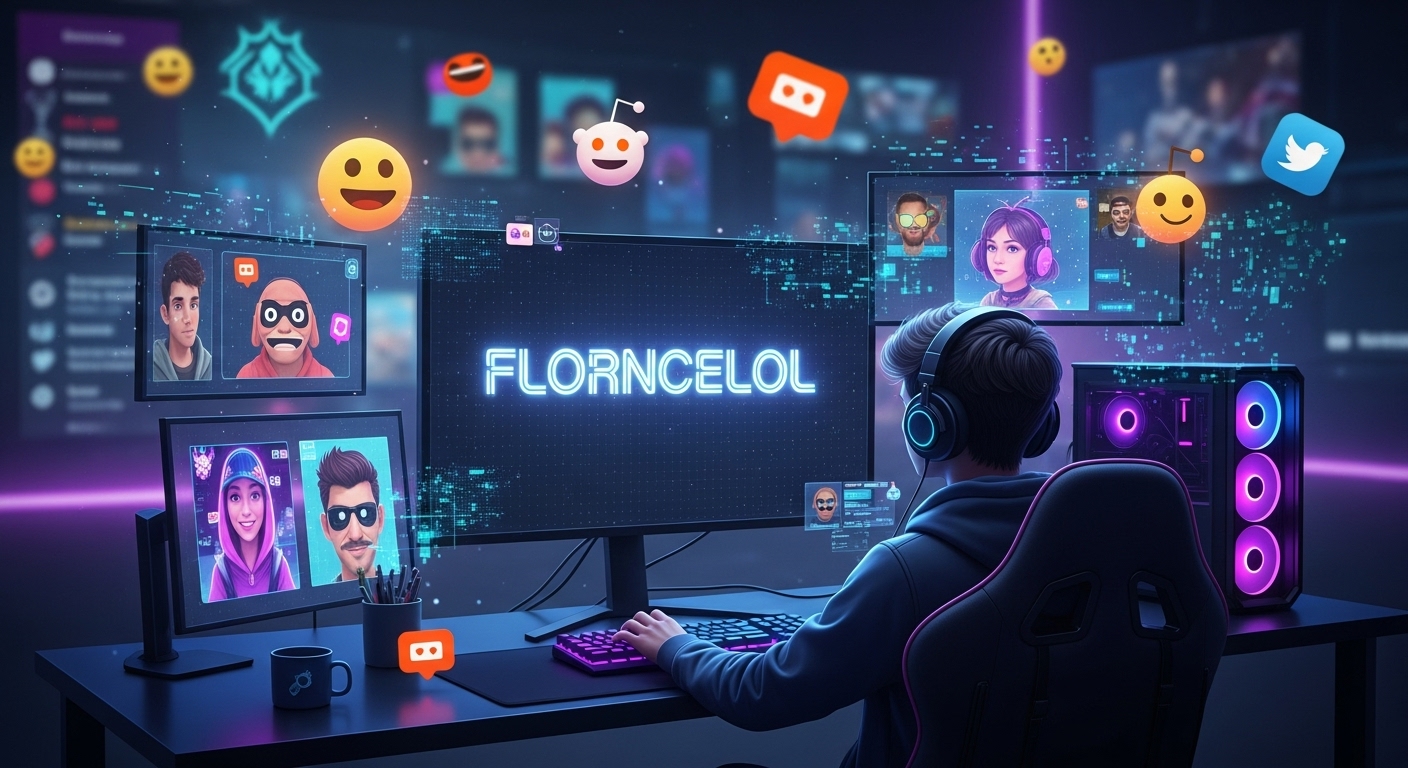Introduction
In a virtual world ruled by algorithms, influencer advertising, and aesthetic perfectionism, a brand new countercultural wave is quietly gaining ground. It’s called? Badie Hub.
It’s no longer trending on Twitter. You received’t see it advertised on YouTube. And yet, Badie Hub is turning into one of the most talked-approximately underground groups on the internet—a digital sanctuary for misfits, artists, reality-tellers, and rebels. But what precisely is Badie Hub, and why is it capturing the attention of a generation hungry for authenticity?
1. Decoding Badie Hub: Not Just Another Platform
Badie Hub isn’t a traditional social media app. It’s a decentralized online environment that functions more like a creative collective than a product. There’s no sign-up page, no blue checkmarks, and no infinite scroll. It’s part social experiment, part artistic rebellion, and part philosophical manifesto.
At its core, Badie Hub is a digital environment built around radical authenticity. It was designed for people uninterested in curated feeds and business noise—individuals who crave uncooked, real, and unfiltered human connection.
2. The Name: What Does “Badie” Mean?
The period “Badie” is a planned reinterpretation of the popular slang “baddie”, which generally refers to someone (often a woman) who’s confident, attractive, and ambitious. However, Badie Hub reclaims and redefines the period, detaching it from arrogance and as an alternative connecting it to individuality, energy, vulnerability, and creative defiance.
To be a Badie, in this area, is to show up as your real self, even if that self is messy, unsure, chaotic, or debatable.
3. A Community Born in the Shadows
Badie Hub started in late 2021 as a response to a developing dissatisfaction with important social media structures. A small institution of artists, coders, and activists—many of them Gen Z and marginalized voices—created a virtual shelter in which users can escape the pressures of virality, cancel way of life, and monetization.
Originally shared through encrypted hyperlinks and invite-only Discord servers, Badie Hub unfolded via word-of-mouth, QR codes at art activities, and encrypted newsletters. There was no public launch—it developed like an underground motion.
4. The Core Principles of Badie Hub
a. No Metrics, No Pressure
Badie Hub has no “likes,” no follower counts, and no comment sections. The idea is to remove performative validation and allow content to exist for its own sake.
b. Content Before Ego
Users can submit anonymously or under aliases. Personal branding is discouraged. Instead of promoting influencers, the platform amplifies thoughts, feelings, and experimental media.
c. Diversity of Expression
The community is built on intersectionality.Whether you’re neurodivergent, queer, disabled, or from a disregarded way of life, your story belongs here. It is a hub of expression that honors each trauma and pleasure, rage and beauty.
5. The Look and Feel: Anti-Aesthetic Aesthetic
Badie Hub’s visual language is a rejection of mainstream digital polish. It draws heavily from internet nostalgia, zine culture, and glitch art. Think:
- Scanned notebook sketches
- Pixelated webcam selfies
- Neon cyberpunk overlays
- Cluttered, chaotic UI reminiscent of early-2000s forums
- Voice memos and distorted audio loops
Where Instagram enforces perfection, Badie Hub celebrates the imperfect, the broken, and the undone.
6. Key Features That Define the Experience
a. Rooms, Not Profiles
Each user has a “room,” a virtual space they design themselves. Some resemble bedrooms, others libraries, art galleries, or chaos boards. Think of it as MySpace meets digital collage.
b. Drop Zones
Rather than “posting,” users “drop” content onto shared zones: music clips, drawings, text rants, dreams, or half-finished ideas. Content floats, overlaps, and disappears unless archived by others.
c. Digital Mood Boards
Every user creates an evolving digital mood board representing their emotional and creative state. These aren’t meant to attract engagement, but rather to reflect inner landscapes.
d. Encrypted Events
Users can access pop-up digital events—like live glitch parties, stream-of-consciousness poetry nights, or group art builds—by solving digital riddles or scavenger hunts embedded in content.
7. The Culture: Raw, Real, and Resistant
Badie Hub isn’t just a tech experiment—it’s a cultural force. The community is driven by three key values:
a. Vulnerability as Power
Unlike other platforms where vulnerability is exploited for engagement, Badie Hub creates a safer space for emotional release. Users often share trauma, mental health struggles, and confessions—without fear of judgment or commodification.
b. Art as Rebellion
Badie Hub positions art as protest and creativity as a survival tool. From political commentary to abstract emotion pieces, users often use art to push back against norms.
c. Against Surveillance Capitalism
The platform is built on open-source principles. It uses decentralized servers and encourages digital privacy practices. No tracking. No cookies. No data harvesting.
8. Offline Spillover: From URL to IRL
Despite being digitally native, Badie Hub is starting to spill into real life. Users have organized guerrilla art exhibits, pop-up zine libraries, and “unfiltered meetups” where no phones are allowed and participants exchange analog creations.
Some universities and independent art schools are beginning to study Badie Hub as a case study in alternative digital sociology, analyzing its influence on identity and creative expression.
9. Criticisms and Challenges
No movement is without critique. Badie Hub, for all its innovation, has sparked its share of controversy.
a. Lack of Moderation
With its anti-censorship stance, the platform, once in a while, draws content that walks the line of discomfort or offensiveness. While the community usually self-regulates, there were calls for clearer barriers on hate speech and perilous content.
b. Access Limitations
Badie Hub remains semi-closed. Many argue that retaining it invite-handiest reinforces virtual elitism, mainly when the platform’s ethos promotes inclusivity.
c. Fragmented User Experience
Because of its anti-algorithmic design and experimental interface, new users frequently find it tough to navigate or recognize. This has brought about calls for better onboarding, without compromising the chaotic spirit of the platform.
10. The Future of Badie Hub
As of mid-2025, Badie Hub is at a crossroads. Will it continue to be a niche underground phenomenon, or is it the early section of a broader shift in how we engage online?
Some speculate that it will inspire a new generation of open-source platforms. Others believe it might fade as the digital attention economy continues to dominate. But many in the community aren’t concerned with longevity. To them, Badie Hub is about now—capturing this moment of digital reawakening, raw and unsanitized.
Conclusion: A Hub for the Brave, the Broken, and the Bold
Badie Hub isn’t for everyone. It’s messy, unstructured, and often challenging. But in a world where most of the internet feels rehearsed and monetized, Badie Hub offers something rare: space to be real.
It’s not about virality. It’s not about branding. It’s about expression as existence, and existence without filters.
Whether it becomes the blueprint for future platforms or remains a beloved digital sanctuary for the underground, one thing is clear: Badie Hub has already made its mark.
Stay in touch to get more updates & alerts on BaddiehubX! Thank you




